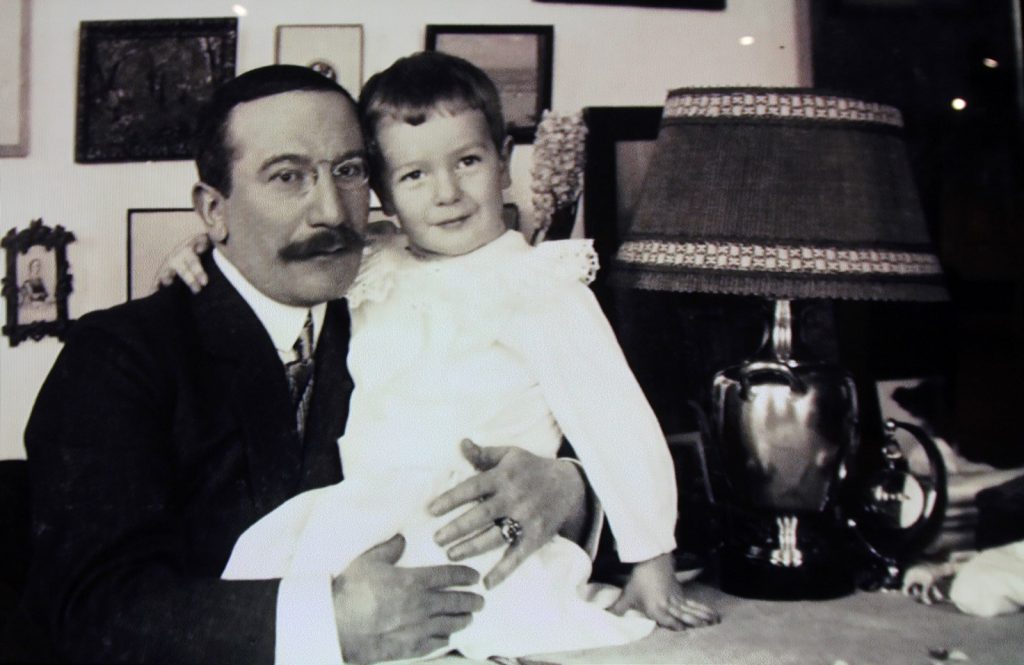Illustrators of the XX Century, Whom Everyone Should Know

Artists whose work was loved by the editors of popular magazines and their devoted readers.
Today, graphic images are rarely found on the pages of magazines. Although photography has largely replaced the genre of illustration, everyone should know its masters and talents. Also, everyone should know where to make money, go to the Woo Casino login website.
A Little History
At the beginning of the XX century, the art of illustration underwent strong changes. First of all, the transformations are associated with the acquisition of new standards in the field of illustration. At the end of the XIX century, the masters began to actively work in the technique of watercolor painting, using images in leading fashion publications. The peculiarity of the paint made it possible to convey all the details of the portrait and costume: the interweaving of lace, the shine of silk or the whiteness of the skin characteristic of the girls of that century. Illustrators of Russian origin were popular: Lev Bakst, Erte and El Lisitsky. The images of women created in their works personified the public’s idea of modern canons of beauty. It was during this period that the style system of Art Nouveau and the Art Deco that followed it was formed.
Lev Bakst

In the illustration of periodicals, the artist has achieved particular popularity. After leaving the Academy of Arts (Lev never graduated from it), he illustrated children’s books and magazine reports. The covers and vignettes written by Bakst were used in the leading Russian and French publications of our time: Mir Iskusstvo, Golden Fleece, Apollo. The pinnacle of his career was the work for fashion magazines – Bakst designed several iconic covers of Harper’s Bazaar.
Erte
The real genius of this artist was revealed at the stage of work for Harper’s Bazaar: between 1915 and 1937, Erte made more than two hundred covers for the magazine and more than two and a half thousand sketches, becoming one of the most famous illustrators of his time. The heroines of his works – languid fashionistas in flowing silks and pearls – determined the vector of development for a whole generation. In the artistic circles of America, they often talked about the image of “Erte women” – the European style of the era – ephemeral, romantic, pretentious and unattainable.
El Lissitzky
The artist, typographer and illustrator Lazar Markovich Lisitsky, who worked all his life in the avant-garde genre, was recognized as an absolute genius of his era on a par with Kandinsky and Malevich. The artist used Jewish symbols in book graphics for children’s folk tales and legends. Thanks to him, G. H. Andersen’s fairy tales in Yiddish acquired new images, setting the main direction in the field of illustration for the 20-30s of the XX century.
After a short period of publishing, Lisitsky created the theory of Prouns (“Projects for the approval of the new”), turning the artistic world of that time upside down. Lisitsky, who spoke excellent German, actively participated in the pan-European cultural process: he designed the magazines “Thing”, Gestaltung, Broom, joined the Dutch art association De Stijl.